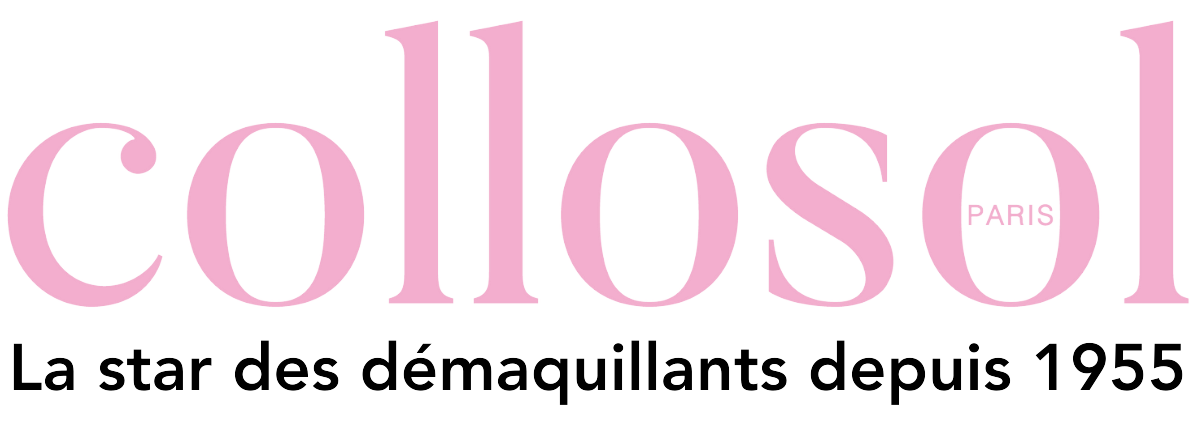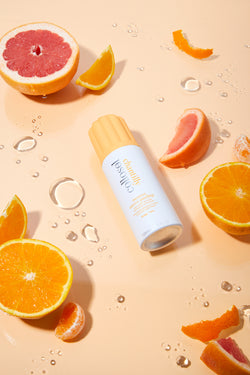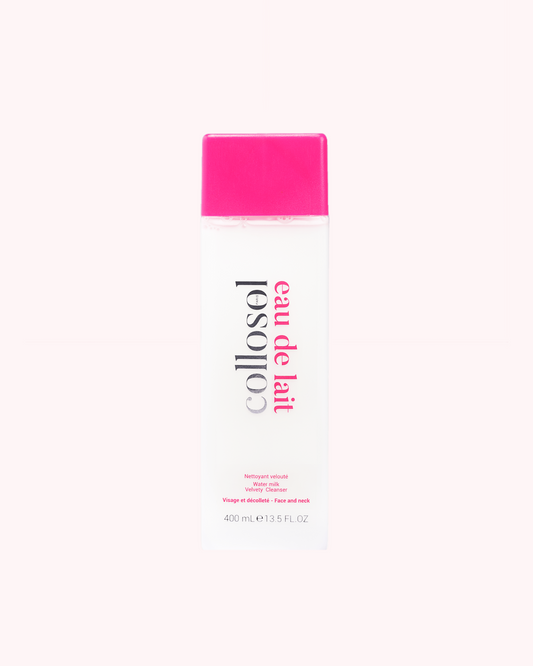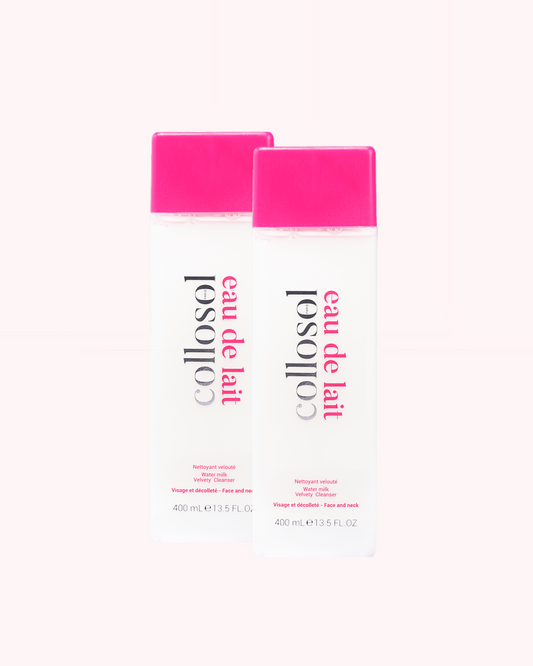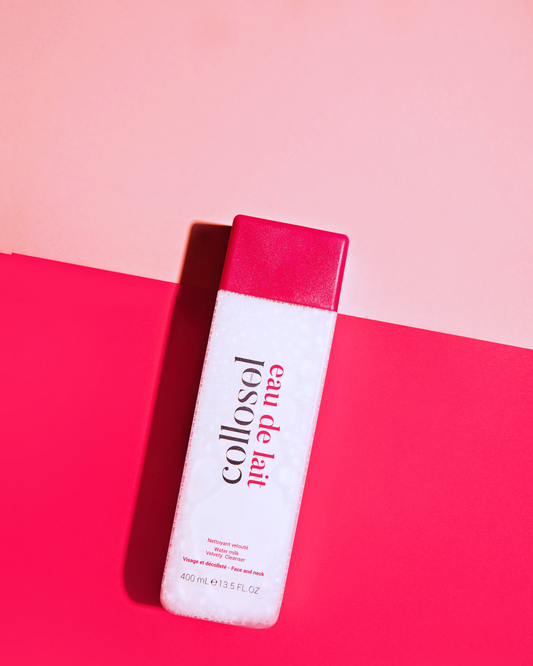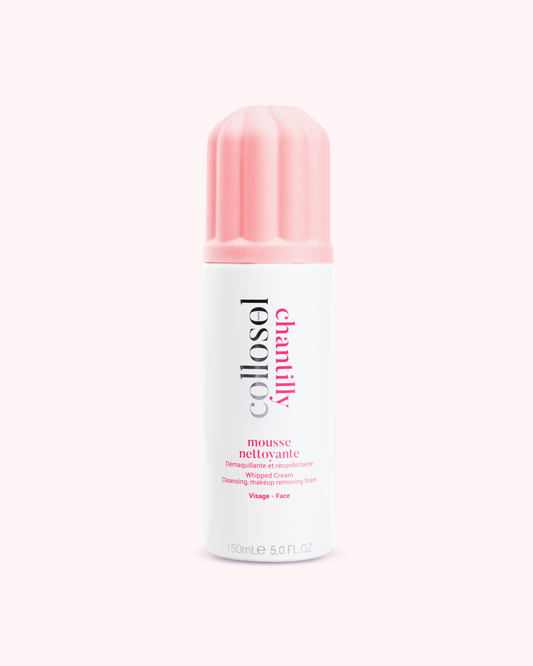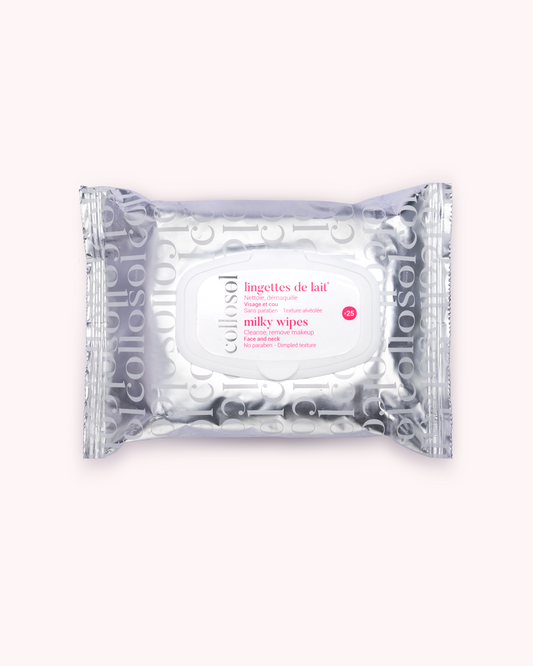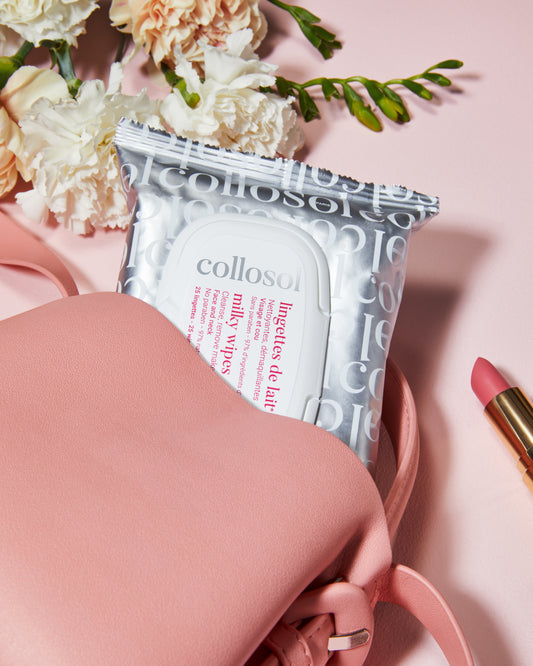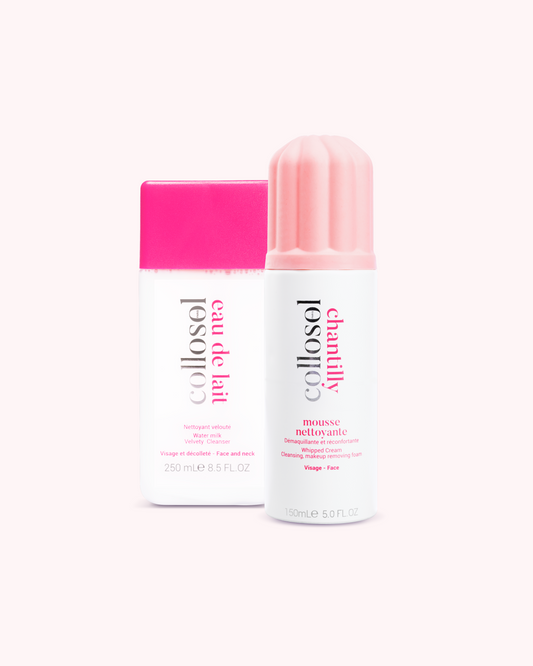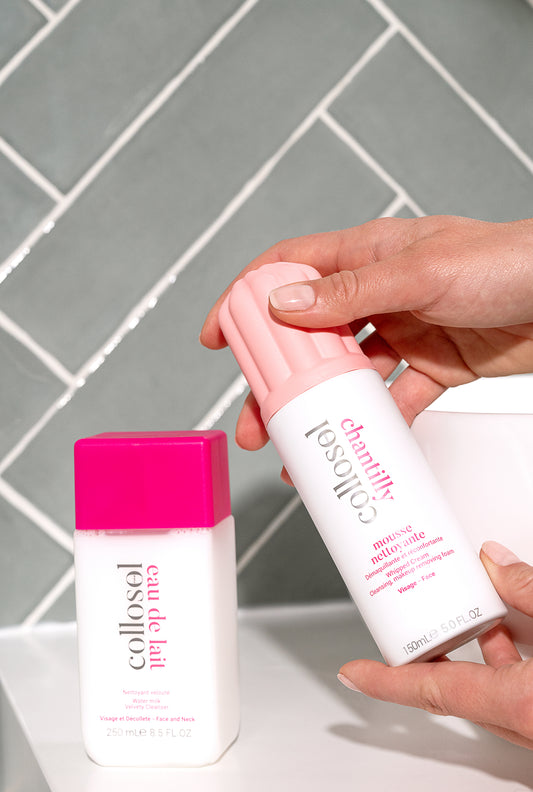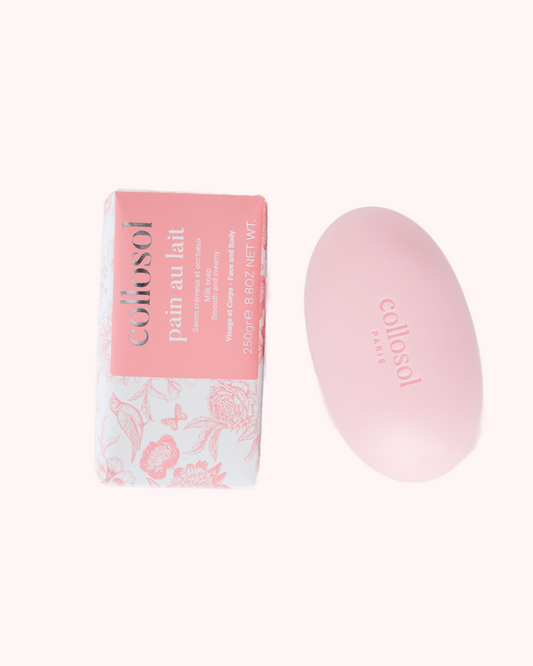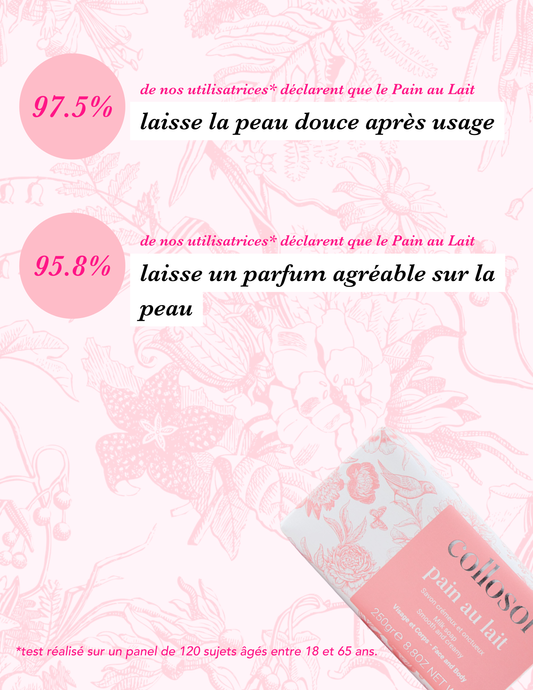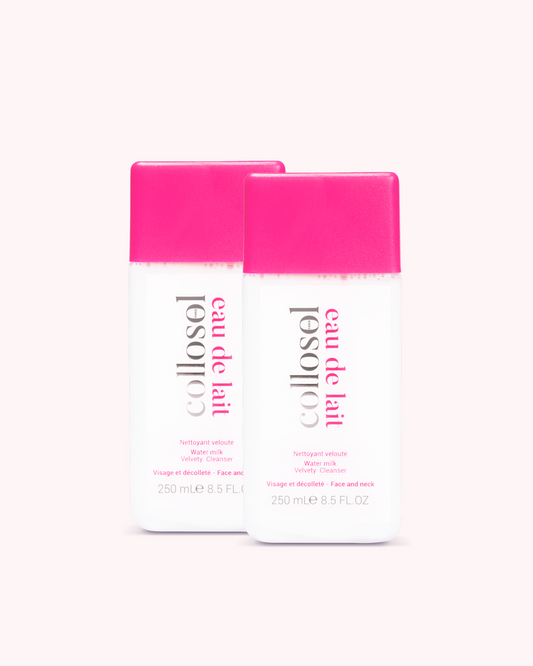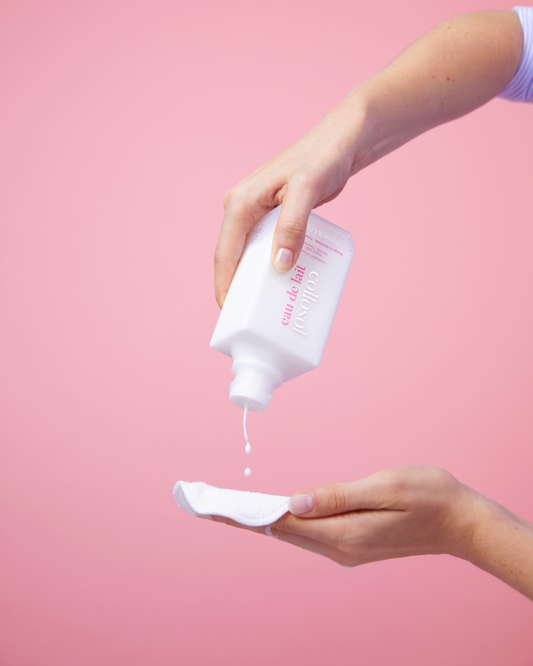Honey to care for dry skin
Honey, its sweet taste and its intoxicating scent… But did you know that this flower nectar is also an incomparable beauty asset? Discover all the benefits of this elixir of youth and our advice on how to enjoy it. Let’s go to the hive!
What are the benefits of honey on the skin?
Nature is full of excellent ingredients for our beauty routine. Among them, honey wins all the votes. Used for several centuries, it is a substance that is included in the composition of many cosmetics. Universal, it can be applied from head to toe and its use in hygiene products has long been proven. It is found in particular in a milk bath , a mask, a cream, a shower gel, a lip balm or even as a scrub.
It has moisturizing, nourishing, softening, and soothing properties that are very suitable for dry and sensitive skin.
• Purifying and antiseptic: its benefits are not only for dry skin. In fact, this beehive product is also extremely effective on oily, acne-prone skin. Used by the Egyptians 4,000 years ago to purify wounds and abscesses, it has an acidic pH that hinders the development of many microorganisms. Thanks to its antibacterial properties, it deeply cleanses and purifies pores. By regulating sebum production, it also improves the appearance of the epidermis in general.
• Healing: because it contains vitamin A, minerals and trace elements, it accelerates healing. It can be used on skin lesions such as burns or eczema. In cosmetics, it is effective in reducing scars on the face or body.
• Moisturizing: naturally rich in fructose, minerals and vitamin B, it has the ability to retain water molecules. It moisturizes the upper layers of the epidermis and soothes it effectively. Also, it increases the elasticity and suppleness of the skin while promoting cell renewal.
• Anti-aging: provided with antioxidants, it is also a beauty ally to fight against the signs of aging. It limits skin aging and regenerates its tissues.
What are the different types of honey?
Between differences in textures or even differences in benefits, each honey has the medicinal properties of the dominant flower from which it comes. For optimal effectiveness, it is essential to know its specificities:
• Acacia honey: recognizable by its golden color, it brings energy to skin cells. Thanks to its soothing properties, it is therefore to be favored when you want to carry out a treatment for your dry and sensitive skin.
• Almond honey: enveloping and nourishing, it repairs and softens fragile skin. It can also be used on hair to restore suppleness and shine.
• Manuka honey: its virtues come largely from its high content of hydrogen peroxide and methylglyoxal, which is higher than in other honeys. Its moisturizing and antioxidant action helps slow down the effects of time on the epidermis. In the INCI list, it is indicated like all honeys under the name "honey" or "mel".
• Thyme honey: recognizable by its very pronounced taste, it has remarkable antiseptic and antibacterial properties. Rich in thymol and carvacrol, it promotes the elimination of impurities and accelerates the healing of wounds formed by pimples.
How to choose your honey?
Choose pure honey from organic farming, produced locally if possible. It must also be harvested cold and bear the words "harvested and put in jars by the beekeeper". Some cheap honeys are mixed with glucose syrup, the main consequence of which is to considerably reduce their effectiveness.
What are the honey treatments for dry skin?
Beehive nectar is a miracle ingredient for making your own homemade skincare products. It has many benefits for dry skin as well as mature or acne-prone skin. This precious nectar, thanks to the antioxidants it contains, preserves the skin layers. Whether on the face, lips or body, it helps regenerate the epidermis and protect it on a daily basis.
It can be used in different ways depending on the desired effects. Milk bath, scrub and mask are the three great classics of homemade recipes based on honey.
Milk bath with honey
In addition to being a moment of pleasure and well-being, bathing is also an opportunity to take care of your body. Summer and winter, bathing is a relaxing moment that you take for yourself, and only for yourself.
A true grandmother's remedy, milk baths have been treating dry skin for thousands of years. The prolonged donkey milk baths taken by Cleopatra, the splendid Queen of Egypt, are proof of this. Rich in trace elements, milk deeply nourishes skin cells and ensures their optimal hydration. It can also soothe irritations, itching, redness or burns.
Milky honey baths offer a bubble of softness and hydration to your skin. Preparing a honey bath is transforming what should have been a simple bath into a real cure for rejuvenation. To make a milky honey bath, pour 3 caps of Collosol Milk Water into the bathtub with three tablespoons of honey. Collosol Milk Water adds the dose of hydration and relaxation that your body needs. Formulated without parabens, without surfactants and tested under dermatological control, this milky lotion helps fight against dry skin and allows the skin to soothe. In synergy with honey, Collosol Milk Water removes crocodile skin and leaves the body soft and velvety.
There are many recipes for honey baths. They can be enhanced with several components, which are added depending on the desired benefits:
• Essential oils: essential oils can be used to treat dry skin more completely. They are not miscible in water, so they cannot be used as they are. You can dilute them beforehand in vegetable oil, such as sweet almond oil, or in a little shower gel, neutral soap or Epsom salt. As for the essential oil to add to the honey milk bath, opt for organic lavender essential oil. Whether it is chapping, redness or dryness, lavender promotes the reconstruction of the epidermis and its protective film in order to protect it from external aggressions.
• Bath salt: Bath salts are rich in minerals and trace elements. They help smooth the epidermis and promote the elimination of excess acids present in the body. Rich in sodium, potassium and magnesium, they relieve irritations.
The honey mask
To rejuvenate the epidermis, remove dead cells and nourish deeply, there is nothing like a homemade mask made with this flower nectar.
To make your natural mask, mix a teaspoon of one of the honeys of your choice, preferably pure, a tablespoon of olive oil and an egg yolk. Leave on for 12 to 20 minutes and rinse with hot water.
For a mask very rich in moisturizing agents and fatty agents, combine one of the honeys of your choice with avocado. These two ingredients are particularly suitable for very dry skin, thanks to their strong moisturizing and softening properties.
Honey scrub
Exfoliation is used to eliminate dead cells present on the surface of the epidermis. It stimulates cell renewal and allows for better effectiveness of the products applied afterwards. Some scrubs have the advantage of having a dual action. In addition to exfoliating your epidermis, they can have moisturizing effects. This is particularly the case with honey scrubs.
To combat dry skin and a dull, lackluster complexion, there's nothing like exfoliating with one of the honeys of your choice once or twice a week. Its exceptional properties make it one of your favorite ingredients to add to your scrub. To make your homemade recipe, mix two tablespoons of this fabulous flower nectar, a teaspoon of lemon juice and a tablespoon of sugar in a bowl. Massage gently in small, regular circles. Start from the extremities, hands and feet, and work your way back towards the heart. Leave on for about 5 minutes, then rinse with warm water and dry. This treatment can be done once a week. In addition, coat your body in softness by applying shea butter or sweet almond oil. Shea butter soothes, protects, nourishes and softens the skin.
You now have all the tips in hand to enjoy the benefits of this fabulous elixir. In the bathtub, accompanied by essential oils or Epsom salts for example, it is an ally of choice to nourish and moisturize the epidermis.

